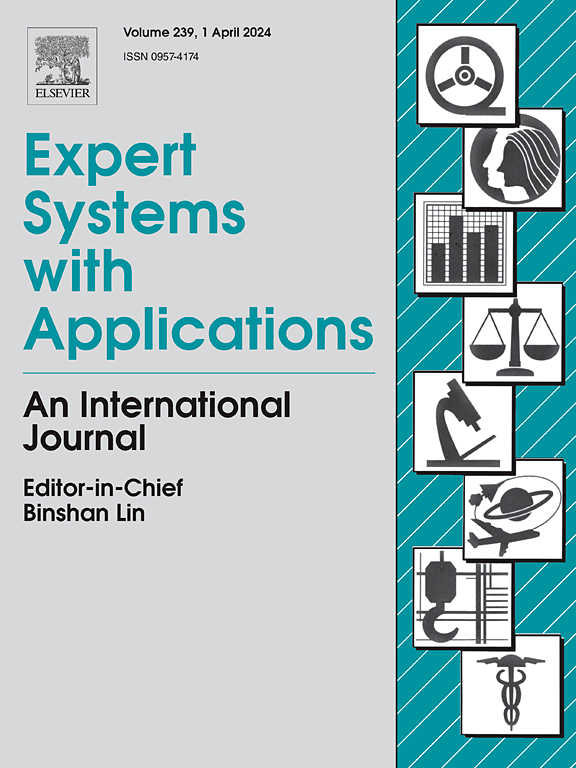SD-MIL: Multiple instance learning with dual perception of scale and distance information fusion for whole slide image classification
IF 7.5
1区 计算机科学
Q1 COMPUTER SCIENCE, ARTIFICIAL INTELLIGENCE
引用次数: 0
Abstract
In computer-aided pathology diagnosis, multiple instance learning (MIL) has become a key method for addressing disease diagnosis problems in whole slide images (WSIs). However, current MIL models have limitations in capturing dependencies among instances and local contextual information. Additionally, the imbalance in the number of positive and negative instances affects MIL models’ ability to identify important instances. To address these issues, we propose a dual perception of scale and distance information fusion method (SD-MIL). SD-MIL consists of two parts: multi-scale window regional self-attention (MWRSA) and adaptive prototype distance-guided instance feature enhancement (PGFE). MWRSA utilizes three different-sized windows to compute regional multi-head self-attention (R-MSA) obtaining scale-aware instance features. This part explores instance long-range dependencies in local region and capture local contextual information at different scales. In the PGFE part, the distance parameter between instances and bag-level prototype is considered to assign different significance weights to instances resulting in distance-aware instance features, which guides model better focus on important instances. Then, learnable parameters optimize the fusion of scale-aware and distance-aware instance features, enhancing instance feature representation and ensuring the downstream aggregation model to generate high-quality bag features. Experimental results on three datasets show that SD-MIL outperforms state-of-the-art MIL methods. Meanwhile, SD-MIL consistently delivers performance improvements when the feature extraction network or downstream aggregation model is replaced.
求助全文
约1分钟内获得全文
求助全文
来源期刊

Expert Systems with Applications
工程技术-工程:电子与电气
CiteScore
13.80
自引率
10.60%
发文量
2045
审稿时长
8.7 months
期刊介绍:
Expert Systems With Applications is an international journal dedicated to the exchange of information on expert and intelligent systems used globally in industry, government, and universities. The journal emphasizes original papers covering the design, development, testing, implementation, and management of these systems, offering practical guidelines. It spans various sectors such as finance, engineering, marketing, law, project management, information management, medicine, and more. The journal also welcomes papers on multi-agent systems, knowledge management, neural networks, knowledge discovery, data mining, and other related areas, excluding applications to military/defense systems.
 求助内容:
求助内容: 应助结果提醒方式:
应助结果提醒方式:


